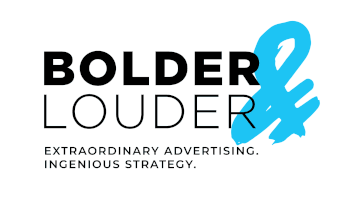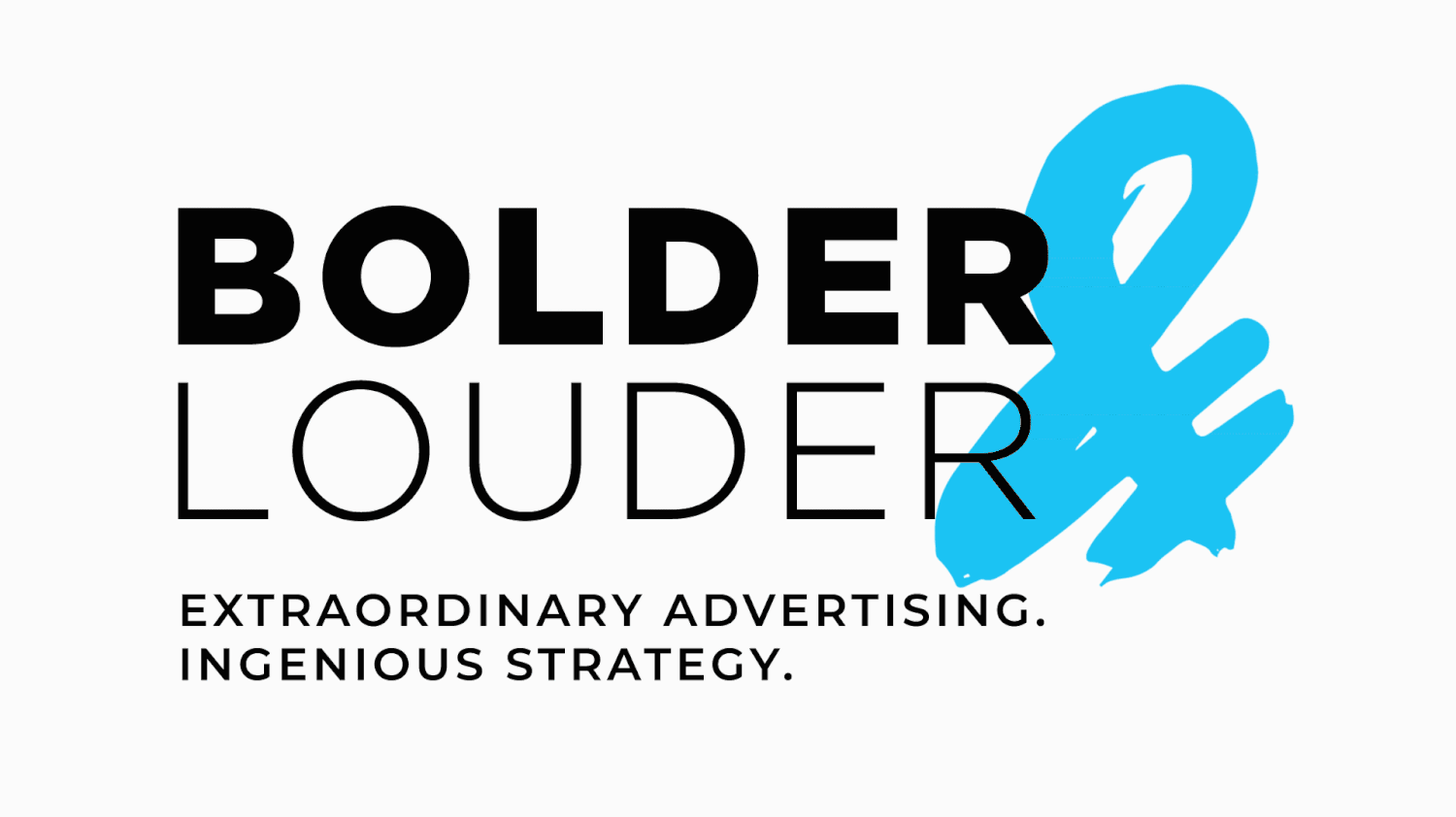How to Super Charge Your Marketing By Going Against the Grain
"Brand is the 'f' word of marketing. People swear by it, no one quite understands its significance and everybody would like to think they do it more often than they do" - Mark di Soma, Audacity Group In marketing your business, if you’re like most solopreneurs, you’ve probably been lead to believe that the key to successful marketing is building a strong brand. The success of companies like Coca Cola, Louis Vuitton, Adidas, Starbucks, and Wal-Mart, branding giants of our time make this a very logical assumption to make. Unfortunately this assumption is lethal for small business owners.
What is brand advertising anyway?
In its simplest form, brand advertising is image-based advertising.
You push an image, a tagline, a slogan out to the marketplace in the belief it will attract new people to your business.
Your competitive edge is building a stronger brand presence in your marketplace than the guy down the street.
The only problem with small business owners doing brand advertising is that you don’t have the mega million dollar marketing budget that’s required to even make a “brand splash" in your market place. Nor do you likely have the 10, 15 or 25 years it takes to really build brand awareness.
The job of your marketing is actually very simple. It has only one objective. Get you sales today.
Brand advertising is an extremely inefficient and deadly slow way for you to make sales now. It places you at the mercy of your buyers buying schedule – they’ll only buy from you when they’re good and ready (if they ever are, assuming of course they remember you and your brand!).
Instead, the far more powerful and cost efficient way to advertise is direct response advertising. Which is the exact opposite of brand advertising. Direct response advertising compels your audience to take immediate action, today, now. It’s the kind of advertising that’s been around for hundreds of years–ever since the traveling medicine man rolled his wagon into town and handed out flyers offering a special discount on his miracle cure for baldness elixir.
By using direct response advertising you also remove the guess work from your advertising because you know, down to the penny, how effective an ad is and how much money it brought you. With brand advertising there is no way to measure effectiveness except by guessing (by the way, the lack of accountability is why ad agencies love brand advertising so much!).
So how do you stop brand advertising and switch to direct response?
I have a 32 point checklist I use when writing direct response ad copy, but here are two of the most important elements to include in a direct response ad.
1) Include a compelling offer in every piece of ad copy you write.
What carrot can you offer prospects that is so enticing, so bold, and so darn delicious that it will cause them to leap out of their La-Z-Boy arm chair, kick the cat out of the way, grab their coat, brave a sub zero snow storm, and drive with bald tires to go buy the thing you’re selling?
Remember, your offer shouldn’t be good. It should be great. Something like "Place an order by Noon and get free shipping," qualifies only as good because it's likely that your competitors offer the same thing!
2) Use a strong headline that arouses curiosity and answers that age old marketing question: "What’s in it for me?"
Using great headlines in your ad are everything! One of the best headlines of all time is “A little mistake that cost a farmer $3,000 a year." Imagine you were a farmer back in the 1930s and your annual income was only $9,000. Wouldn’t this be an ad you’d want to read?
Direct response marketing is your own secret weapon to turbo charge your response rates, make more money and attract prospects to you like bees to a honey pot. It’s a much smarter way to run a business than marketing by chasing your prospects and hoping that when they feel ready to buy, they’ll somehow remember your brand.

